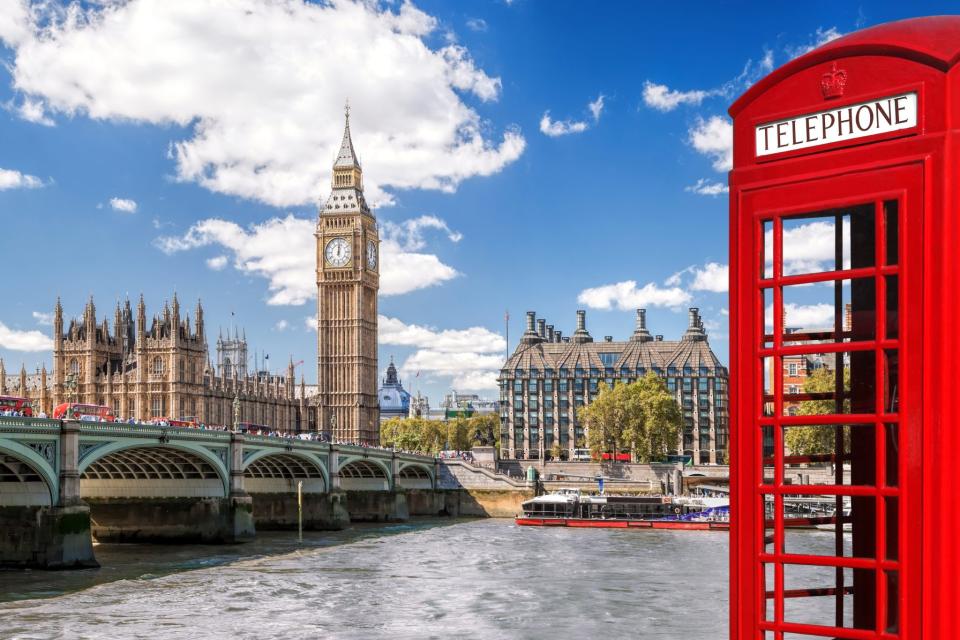Wages in the U.K. are growing twice as fast as Europe and the U.S. thanks to one simple policy

The U.K.’s new Labour government has emerged from its landslide election victory, promising to return the country to its economic heights. The latest evidence of worker pay growth will give them a good platform to deliver on that promise.
Wages rose by 7% in the U.K. in the year to June, according to data from the Indeed Hiring Lab. That’s almost twice the rate of the Eurozone, where wages increased by 3.7%, and more than double growth in the U.S., which rose at 3.1%.
The results diverge with the broader economic context of the three economies. The U.K. is expected to grow more slowly than the Eurozone and the U.S. this year, according to the latest IMF forecast.
One explanation is likely to be a bumper increase in the U.K.’s National Living Wage, the legal minimum employers must pay staff over 21.
The U.K. government's remit is to keep the national living wage at two-thirds of the U.K. median wage, in line with recommendations from its advisory board, the Low Pay Commission. This target helps safeguard against workers falling into relative poverty.
Keeping up with inflation and private sector wage growth meant the National Living Wage increased by 9.8% in April, its third largest increase since it was introduced in 2016. The national minimum wage pay rise was even larger for 16 to 20-year-olds.
Tony Blair’s Labour government introduced the national minimum wage in 1999. The U.K. minimum has grown by 70% since then. The median wage, meanwhile, has only grown by about 20% in that period, suggesting a reduction in wage inequality in the U.K.
The Low Pay Commission estimated that around 1.6 million people were paid at or below the minimum wage in April last year, so increases in the base could have outsized effects on growth.
Indeed says the National Living Wage contributed to the U.K.’s fast wage growth last year, but it’s not the full explanation.
“Strong wage growth across all pay ranges suggests that the UK’s National Living Wage increase of 9.8% on April 1st isn’t the sole driver behind rising wage growth, but it is having a lasting impact on lower-paid salaries, alongside sector-specific labour demand,” said Pawel Adrjan, head of EMEA research at the Indeed Hiring Lab.
“With Labour planning to scrap age-specific bands in the UK’s national minimum wage structure, lower-paid occupations may yet receive another boost.”
Labour says it will also allow the Low PAy Commission’s remit to expand to include the cost of living, paving the way for even more significant increases to the National Living Wage in the future.
Inflation headache
While workers will cheer an increase in their paycheck, it could be the latest headscratcher for policymakers who are keen to cut interest rates.
The Bank of England has kept its base rate fixed at 5.25% for almost a year to fight rising prices.
The consumer prices index (CPI) hit the bank’s target of 2% in May. However, the central bank expects inflation to jump again in the third quarter, causing them to hold off on cutting rates.
In the meantime, the country is losing pace against the Eurozone, where the European Central Bank (ECB) became the first major central bank to cut interest rates in June.
Any hint of hot wage growth in the U.K. might make the Bank of England’s rate-setters rein in their already cautious ambitions on interest rates.
This story was originally featured on Fortune.com

 Yahoo Finance
Yahoo Finance 